


OJSC AMO ZiL, known fully as the Public Joint-Stock Company – Likhachov Plant ( Zavod imeni Likhachyova) and more commonly called ZiL (Russian: ЗиЛ), was a major Russian automobile, truck, military vehicle, and heavy equipment manufacturer that was based in Moscow, Russia.
The last ZiL vehicle was assembled in 2012. The company continues to exist only as real-estate development site, on which a new urban district will be built by the LSR Group construction company.




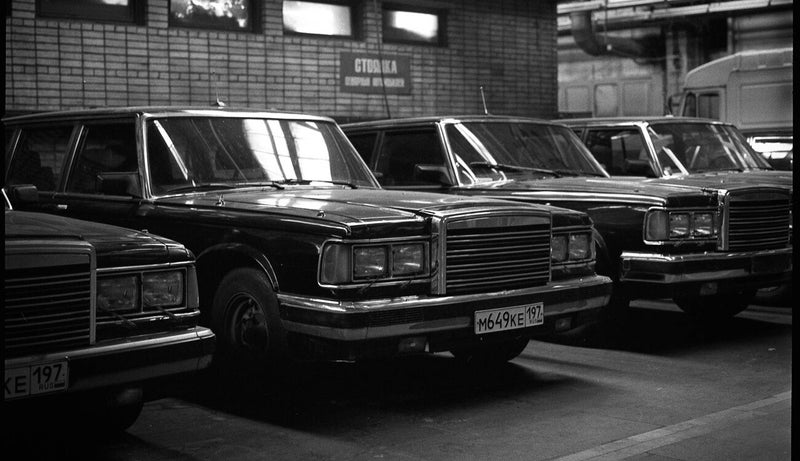

The factory was founded on 2 August 1916 as the Moscow Automotive Society or AMO (Avtomobilnoe Moskovskoe Obshchestvo). The factory was completed in 1917, just before the Revolution, and was built south of Moscow near Moscow River in Tjufeleva grove. It was a modern building with the latest in American equipment and was designed to employ 6,000 workers. The plans were to produce Fiat F-15 1.5-ton trucks under license. Because of the October Revolution and the subsequent Russian Civil War it took until 1 November 1924 to produce the first vehicle which was shown at a parade on 7 November, the AMO-F-15.

In 1931 the factory was re-equipped and expanded with the help of the American A.J. Brandt Co., and changed its name to Automotive Factory No. 2 Zavod Imeni Stalina (ZIS or ZiS). After Nikita Khrushchev denounced the cult of personality of Joseph Stalin in 1956, the name was changed again to Zavod imeni Likhachyova, after its former director Ivan Alekseevich Likhachov.
ZiL lanes—road lanes dedicated to vehicles carrying top Soviet officials—were named after the car. The ZiL limousines were the official car that carried the Soviet heads of state, and many Soviet Union allied leaders, to summits or in parades. The limousines were flown to international summits as for example in 1990 to Washington, D.C. for President Mikhail Gorbachev's official state visit.
After the final ZiL limousine was built in 2012, the Moscow factory administration stopped truck production and the company was declared bankrupt in 2013. ZiL still exists as a legal entity, but produces no vehicles. In 2014 it was announced that the factory site will be turned into a residential development. Most factory buildings were dismantled in 2015.
The factory's equipment and other automotive assets were auctioned off to a new company, "MSTs6 AMO ZIL". It employs 47 staff, mostly former ZiL workers. The company took part in the Moscow International Automobile Salon 2016.
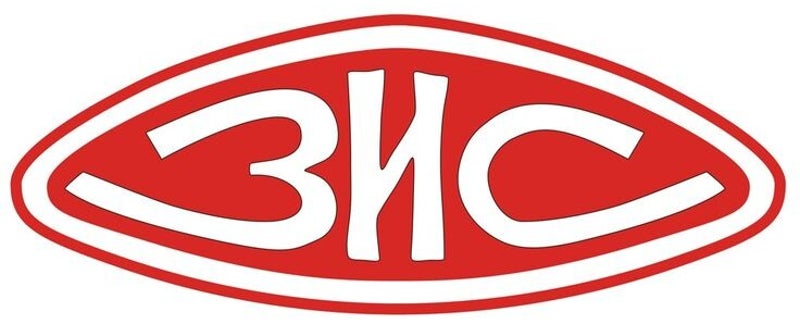
zis
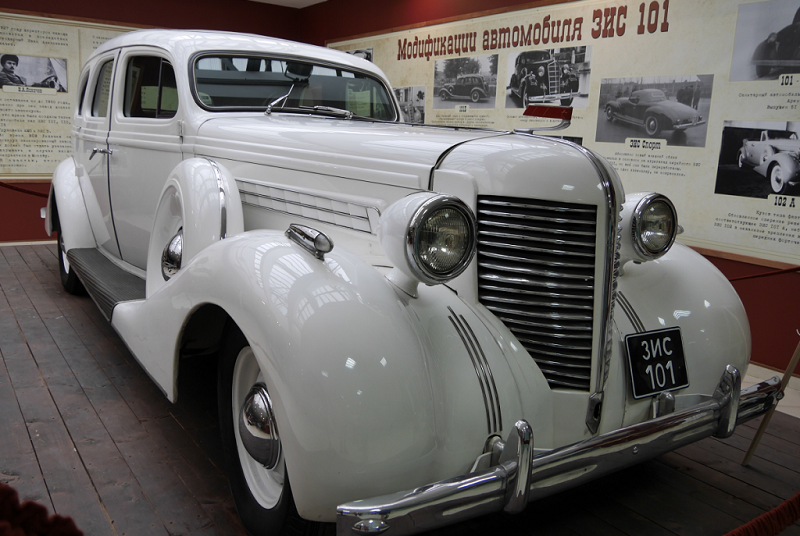
1936-1941
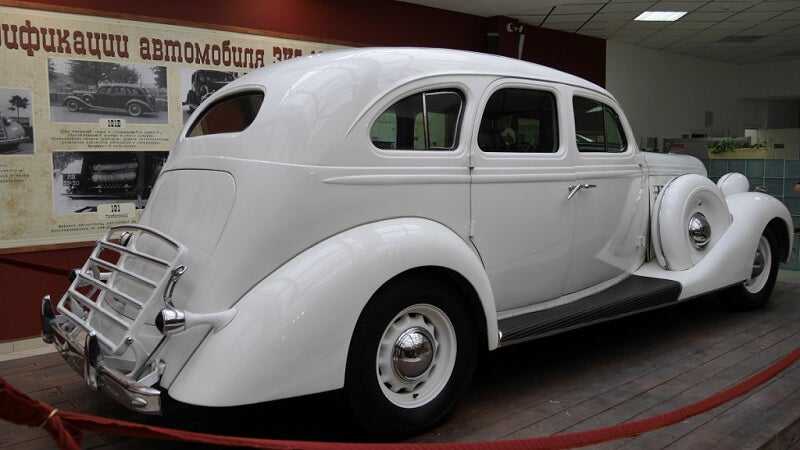
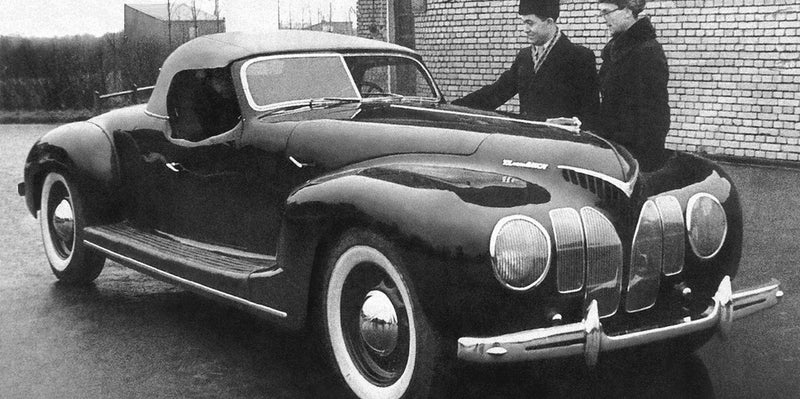
101 sport
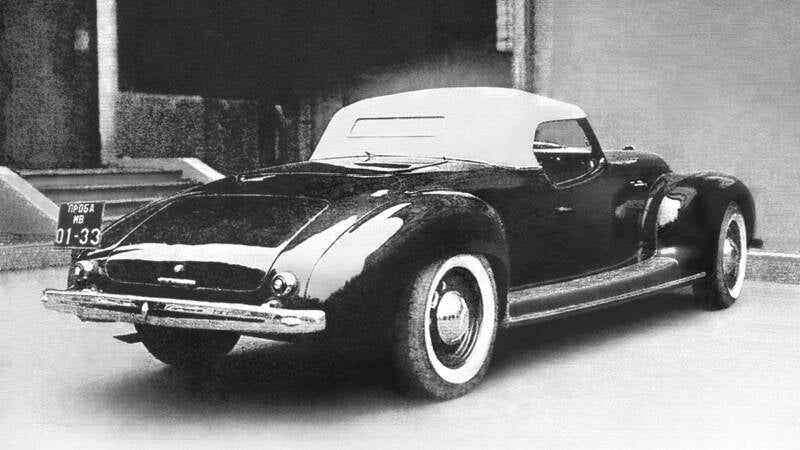
The ZIS-101 was a limousine produced by the Soviet car manufacturer Zavod Imeni Stalina. It was introduced in 1936 and was equipped with an 5.8 L straight-eight engine producing 90 PS and giving a top speed of 115 km/h. The car was fitted with a 3-speed manual gearbox.
It was followed by the ZIS-101A that had improved the engine giving 110 PS and a new top speed of approximately 130 km/h. Production ended in 1941 with over 8000 cars built.
In 1939, a two-seat sport version designed by Valentin Nikolaevich Rostkov called 101-Sport was built. The engine was the same as in the 101-A, but boosted to 141 PS and a top speed of 162 km/h (although a Pravda article claimed 170–180 km/h). It was, however, not made in more than one or two copies.
110
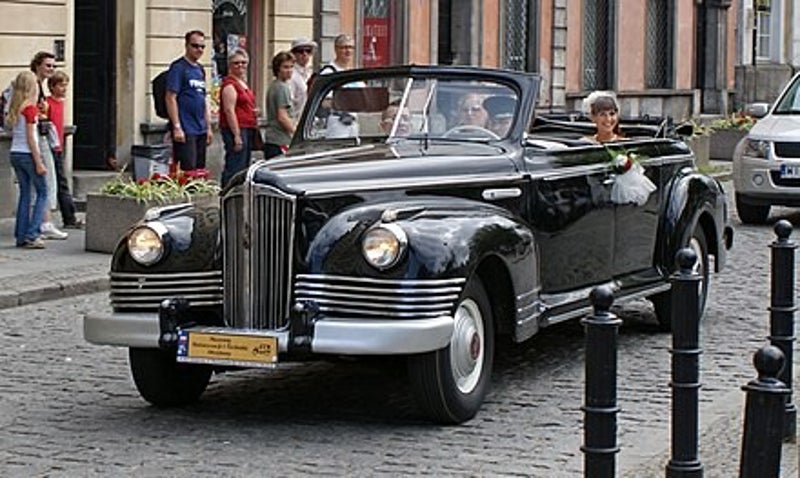
1946-1958

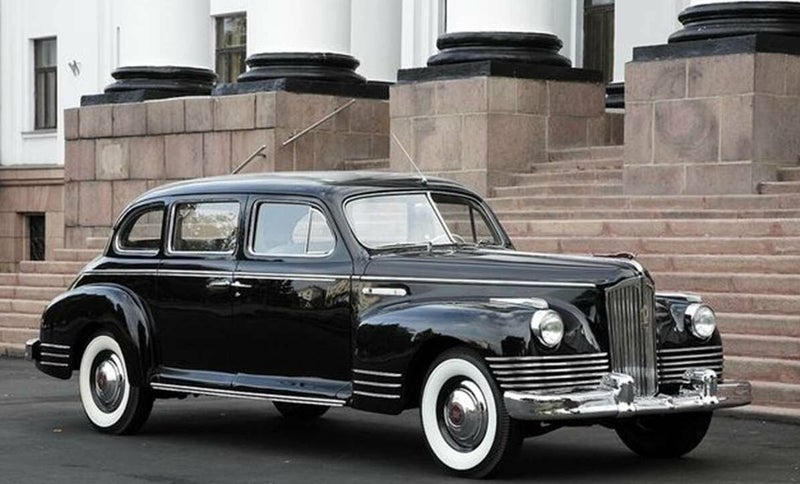
The ZIS-110 was a Soviet limousine from ZIL introduced in 1946.
The 110 was developed from the reverse engineering of a 1942 Packard Super Eight during 1944. The first five prototypes were completed by August 1945. It was powered by a 6-litre, 8-cylinder engine producing 140 hp and giving a top speed of over 140 km/h. It was made in both sedan and convertible versions.
The ZIS was rumored to use machinery from the Packard 180 assembly line which was sent to the USSR after American production ended.
However more likely is that the top commissars, including Joseph Stalin, owned several Packards and wanted their first effort at a luxury car to be based on what is arguably one of the top cars of the 1940s. These cars were often given away as gifts to foreign communist leaders such as Chinese leader Mao Zedong and North Korean premier Kim Il-sung. After Stalin, the ZIL 110 c cabriolet was used as a parade car for Nikita Khrushchev and this model was also gifted to Enver Hoxha, the lifelong president of Albania. Ho Chi Minh, the first president of North Vietnam, also received one (most likely from the Soviet Union), which can be seen on display on the grounds of his former residence in the Vietnamese capital of Hanoi.
Production ended in 1958, with total of 2089 cars made.
112/1

1951

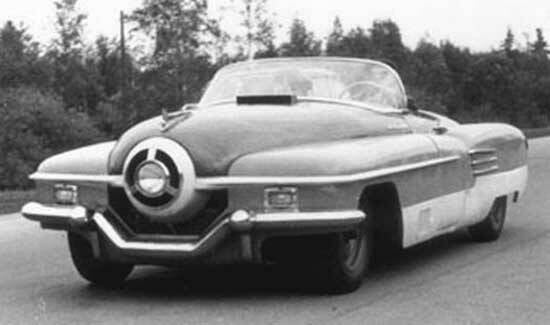

The ZIS 112/1, or simply ZIS 112, was developed to compete with the GAZ SG-1 (Pobeda Sport). As usual for ZIS (later ZIL), the 112 was designed incorporating styling elements common to American cars. In this case, the styling of the Buick LeSabre show car was mimicked. The design of the car was carried out by Valentin Rostkov, who had also worked on the ZIS 101 A Sport.
The car was built on production chassis taken from ZIS 110 that was almost 6 meters long, featuring a round grille and a single headlight in the middle, the 112/1 was called 'Cyclopus' or 'Single-eyed' by the workers. By the way, the 112 became the first car to carry ZIL's white-and-blue livery.
At the beginning, the car had 140hp from production ZIS 110 limousine, but for the 2450kg car it was 'a bit' weak, so within a year of it’s construction in 1951, a new experimental engine was installed in the car. Developed by Vasili Rodionov, the inline-eight engine displaced 6005cc and provided 182hp at 3500rpm. The new unit pprowered the car to 204km/h. But, along with more power, the new engine added much more weight to a front axle, so the 112/1 was very hard to handle.
111

1958-1962

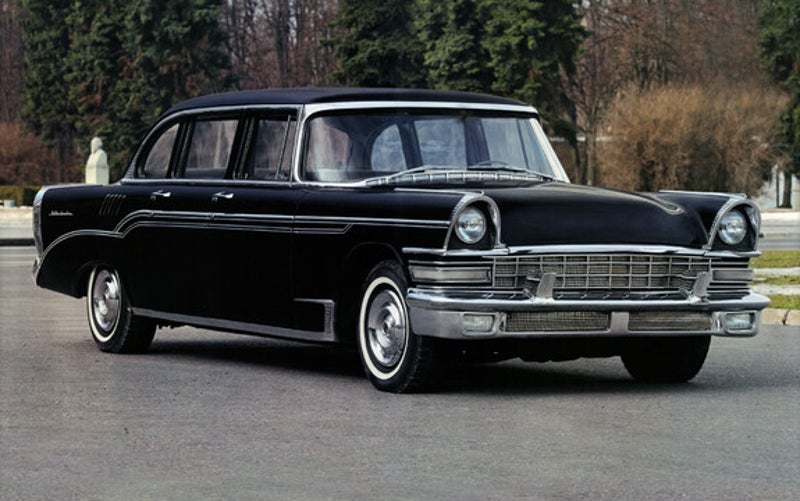
The ZIL-111 was a limousine produced by the Soviet car manufacturer ZIL in 1958–1967. It was the first post-war limousine designed in the Soviet Union. After tests with the shortlived prototype ZIL-Moscow in 1956, which gained a place in the Guinness Book of Records as the largest passenger car in the world, the ZIL-111 was introduced from ZIL in 1958. The body style was in the American tradition of the time and resembled the mid-1950s cars built by Packard, although, apart from being in tune with current trends, it was an original design and had nothing in common with them, except in general layout. The interiors were trimmed with top quality leather and broadcloth and decorated with thick pile carpet and polished wooden fittings. It featured a comprehensive ventilation and heating system and a 5-band radio, all of which could be controlled from the rear, electric windows, vacuum-operated screen wash, windshield and front door window defrosting. It was powered by a 6.0 L V8 engine producing 200 hp connected to an automatic transmission (similar to that of Chrysler's PowerFlite and influenced by it, but different in design) giving a top speed of 170 km/h, hydraulic drum brakes with a vacuum servo booster, coil and wishbone IFS. The car won a top prize at the Brussels Expo World Fair in 1958.
111g/111d
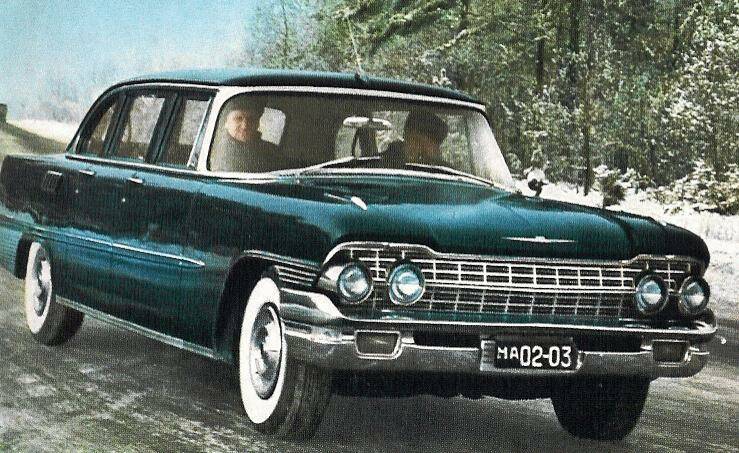
1962-1967 111g

111d
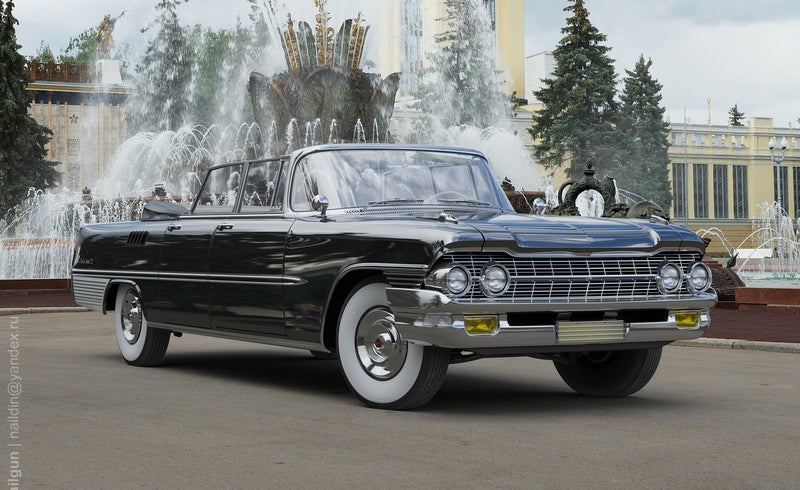
In 1958-1967 112 of all models were made, of them 26 ZIL-111Gs. The ZIL-111 would be replaced in 1967 by the ZIL-114.
112 sport

1961
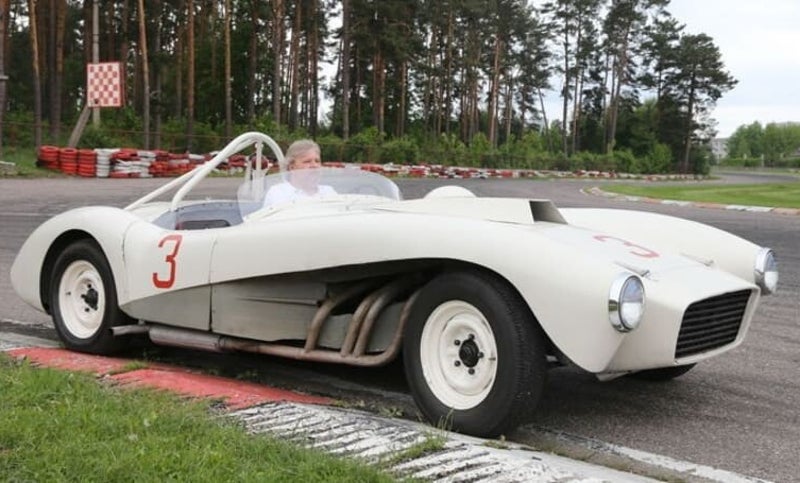


The ZIL-112 Sports was a Soviet sports car made by ZIL car manufacturer in 1961 and competed in races from 1961 to 1969. Two cars were built. The ZIL-112S initiated a number of firsts for cars produced in the USSR such as controlled slip differential, disc brakes, radial-ply tires etc. One ZIL-112S was powered by a 6.0 L V8 with 230 hp. A second ZIL-112S was equipped with a 270 hp 7.0 L V8. Both engines were developed from the ZIS-110 engine. Depending on the engine, the top speed was 260–270 km/h. It could do 0–100 km/h in 9 seconds. The total weight was 1,330 kg. Steering and front suspension came from the GAZ-21 Volga. In the rear, it used De Dion suspension with triangular levers. The transmission, like the engine, was from the ZIS-110.
In 1962, one ZIL-112S was rebuilt with a more aerodynamic body for an attempt at a Soviet land speed record. The ZIL-112RG was taken to the Baskunchak salt lake to attempt the record, but the weather was poor and the car topped out at 200–230 km/h. A second attempt was made at the Dmitrovsky race track, however winter weather made the attempt impossible.
Between 1963 and 1965 the car set five all-Union records in the racetracks. The 270 hp ZIL-112S, driven by Gennady Zharkov, won the USSR Championship in 1964 and 1965.
One ZIL-112S is in the Riga Motor Museum and the other is owned by a Swedish collector.
118
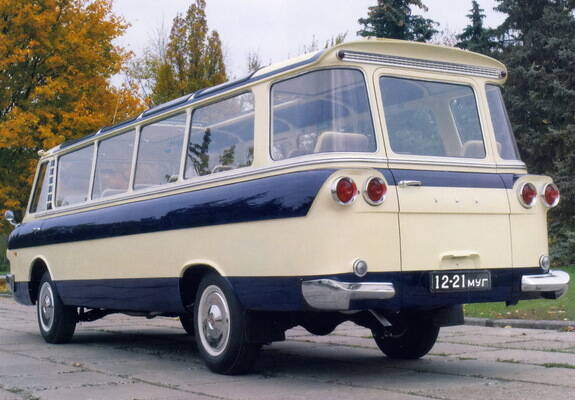
1962-1970
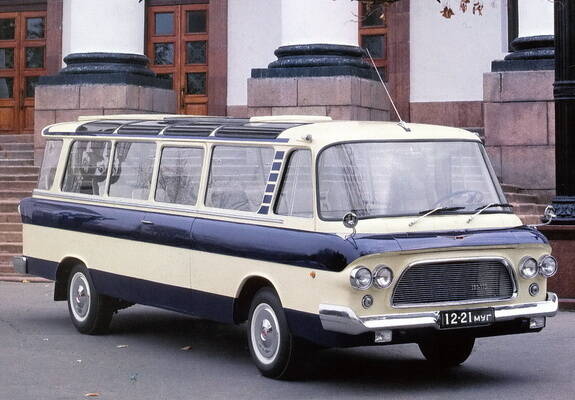
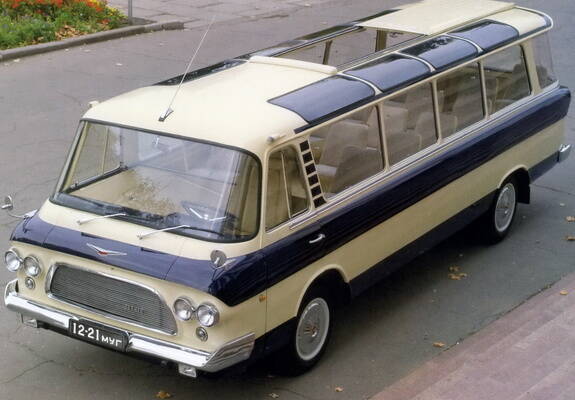
The ZIL-118 Yunost (Youth) was a microbus built by Zavod imeni Likhachova, or ZIL.
Based on the ZIL-111 limousine, the ZIL-118 Yunost (Youth) was developed in 1961, on the factory's own initiative. Only 20 were built because of a lack of interest of government. The few built were solely to special order, with a number as high-capacity ambulances. An updated version appeared in 1970 in several versions: the 118K coach 118KS ambulance, both using the ZIL-508.10 V8 from ZIL trucks.
The vehicle was exhibited at the Soviet Intourist exhibition in 1967 during the International Bus Week in Nice, where it attracted mass attention and found a good export potential. The vehicle got 12 awards, and even Henry Ford II tried to buy a license for the production of “Youth” in the USA. ZiL museum, Moscow
It was created mainly for party officials, based on the ZiL-111 limousine. Used as a taxi in some institutions, as well as a sightseeing bus in the resorts of the USSR.
The bus was developed taking into account the automotive fashion of that time. The four headlights in front and behind, in the form of a rocket nozzle, are characteristic of the world automotive fashion of that period, although in the USSR it was an innovation.
The ZIL-118 was further facelifted in the 1980s, becoming the ZIL-3207. Production ended in 1994, with total number built, of the 118K/KS and 3207, reaching only 86.
114
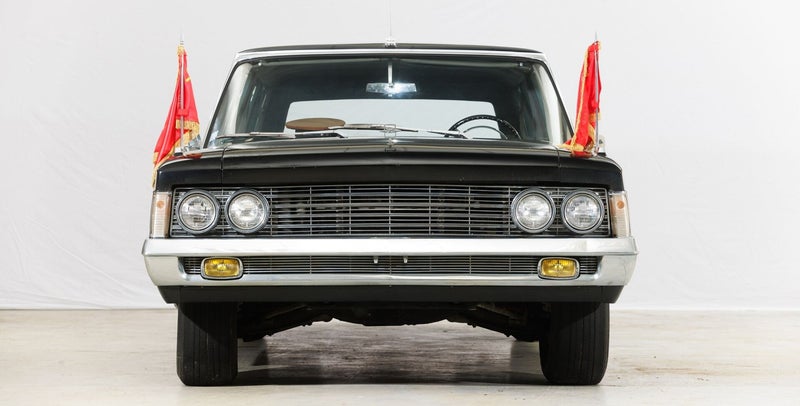
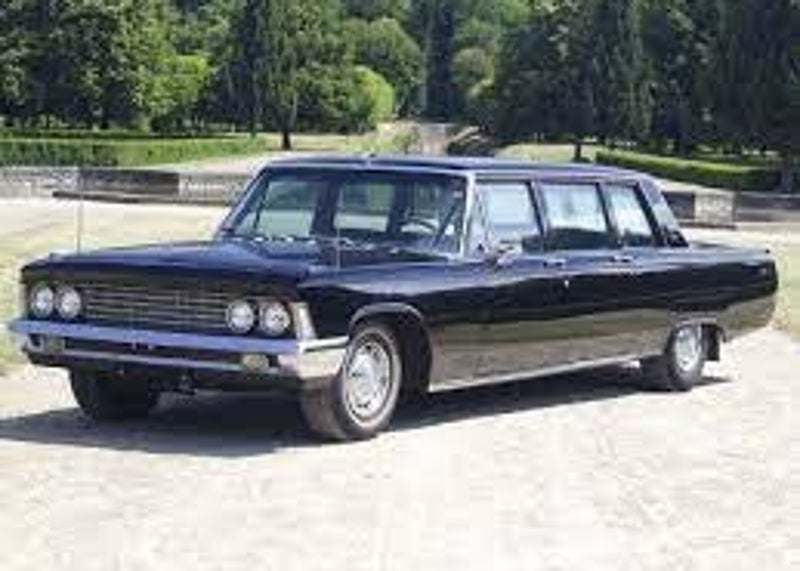
1967-1978
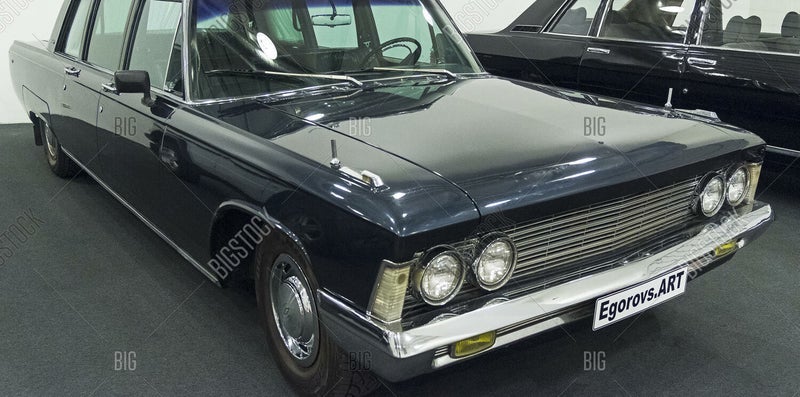


The ZIL-114 is a limousine from the Soviet car manufacturer ZIL introduced in 1970 to replace the ZIL-111 series which was gradually becoming out of date. In almost all respects, the ZIL-114 improved on the 111, 111A and 111G models. The engine, a ZIL-built pushrod V8, was increased in capacity from 5.980 cc to 6.959 cc, resulting in an increase of power by 30 percent (to 300 hp SAE Gross at 4400 rpm) and of maximum speed from approximately 170 km/h to 200 km/h. Transmission was two-speed automatic, with hydraulic torque converter. A three-speed gearbox was offered beginning in April 1975.
Small numbers of the 114K, with a cutaway roof to allow occupants to stand, were built. Two copies of an ambulance variant, the 114EA, with a sedan delivery body and higher roof, were also built. The ZiL-114N was reskinned with the body panels of its successor, the ZiL-4104.
The 114 continued in limited production until the late 1970s when it was replaced by the even larger and heavier ZIL-4104. About 150 ZiL-114s were produced.
The ZIL-114 was an official state car and transported only members of the Politburo of the Communist Party of the Soviet Union and the top leaders of the country, whereas the shorter ZIL-117 was used by secretaries of the Central Committee, as well as escort vehicles in the motorcade of heads of state, the General Secretary of the Communist Party of the Soviet Union and the head of the Council of Ministers.
In October 1971, the 114 was listed in the Guinness Book of Records as the widest car in production, then from October 1974 to 1976 as the heaviest.

4104
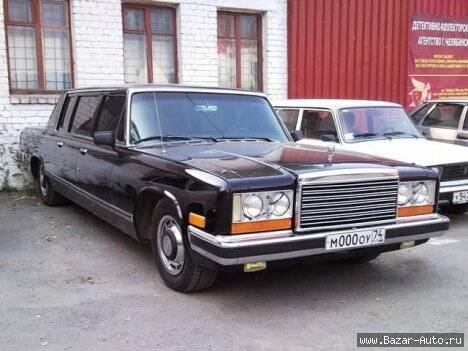
1978-1983
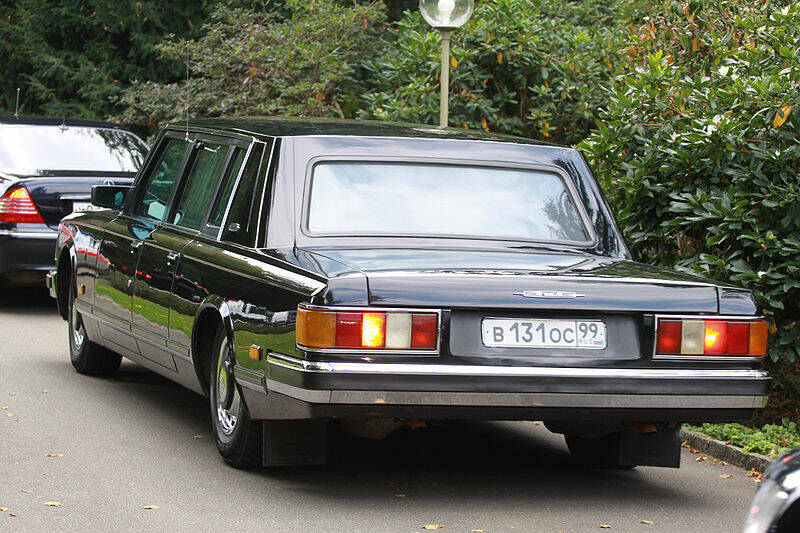
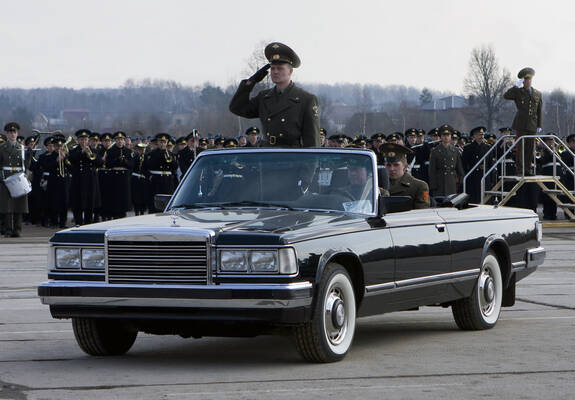
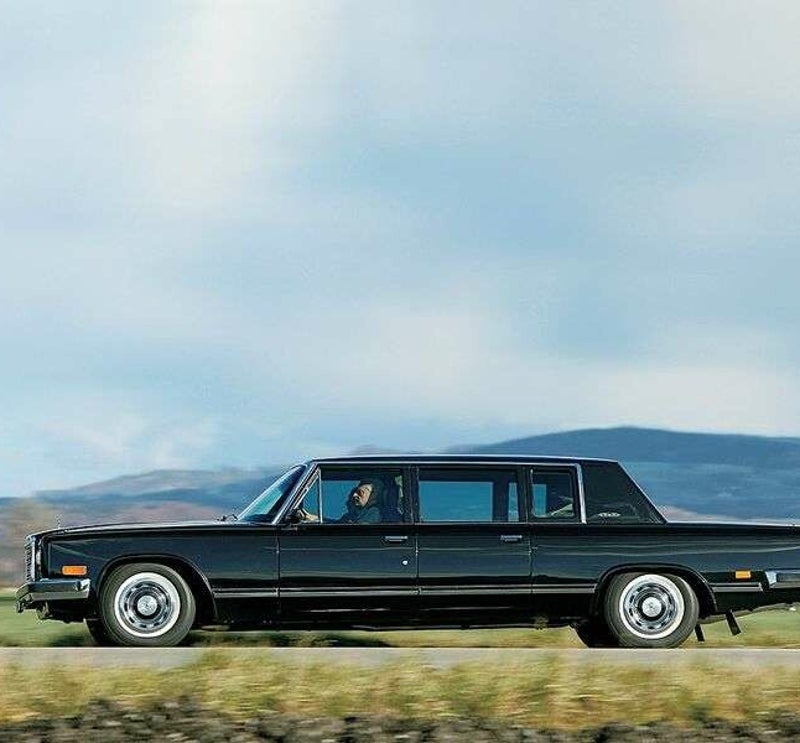
The ZIL-4104 was a limousine built by ZIL from the late 1970s to the early 1980s, when it served as the transport of the elite of the Soviet Union. It is estimated that no more than fifty cars were produced each year.
Originally designated ZIL-115, the ZIL-4104 was an update of the ZIL-114 with which it shared the same chassis and over half its mechanical components. Despite sharing the same chassis, the ZIL-4104 was as much as 314 kg heavier than the 114.
Mechanically, the ZIL-4104 also improved on the 114. The pushrod V8 engine of the 114 had its stroke increased from 95 mm to 105 mm. With a 108 mm bore, this meant the capacity increased from 6.959 cc to 7.695 cc, which was throughout the model's lifespan one of the world's biggest passenger-car engines (Cadillac offered a 7,730 cc) engine, enlarged to 8.200 cc). The car weighs 3.400 kg, is 6.339 mm long, 2.068 mm wide, and 1.500 mm high.
Among its special features were special laminated windscreen and triple-layered windows, supposedly offering protection from radiation in case of nuclear attack, plus duplicated systems, including dual ignition, two 74-amp batteries in parallel, and two fuel pumps.
As official state cars, the ZIL-4104s were "built under conditions of strict secrecy" and were "maintained in closed garages by a special division of the KGB", with everyone involved in building and servicing them sworn to secrecy.
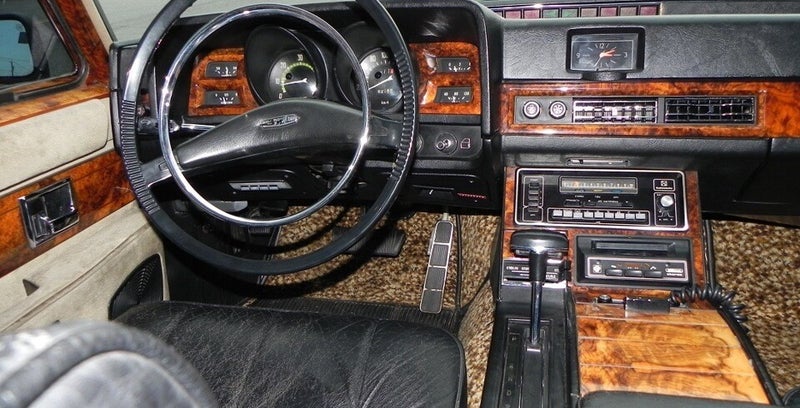
41047
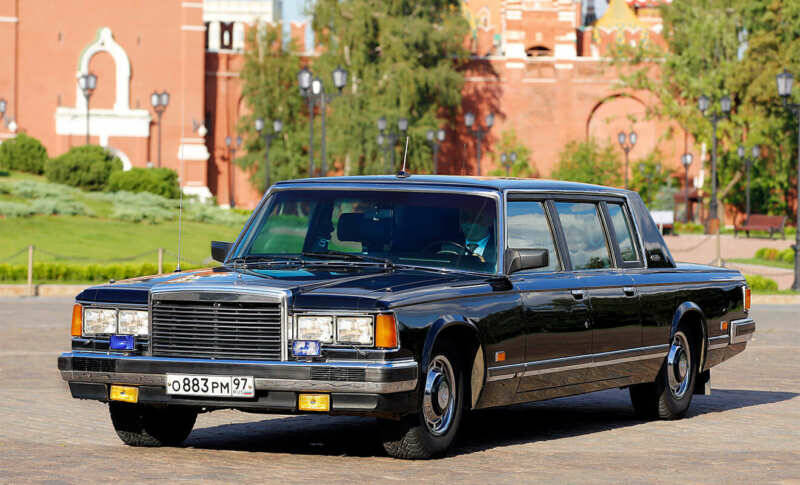
1985-2002


The ZIL-41047 is a limousine built by ZIL of Russia. Production of ZIL models ceased in 2002 due to their previous customer base turning to more modern Western vehicles. Some last ones were built before year 2017. The Zil has seven seats including the driver. When loaded it weighs 3.550 kg. The top speed with two persons is listed as "not less than 190 km/h". It is powered by a 7.7 L carbureted V8 giving 315 hp at 4.400 revs per minute. This engine drives the rear wheels via a three-speed automatic transmission .
It replaced the ZIL-4104 in 1985 and had virtually no mechanical changes compared with that model. The only major changes have been in the styling, which in some respects, notably in the rear-view mirrors, was subtly modernised compared to the styling of previous ZIL models. The front turn indicators were also modernised, with the rectangular horizontal line giving way to a more vertically oriented, door-like shape. The front headlights were also restyled, as was the rear parcel shelf.

4102 prototype
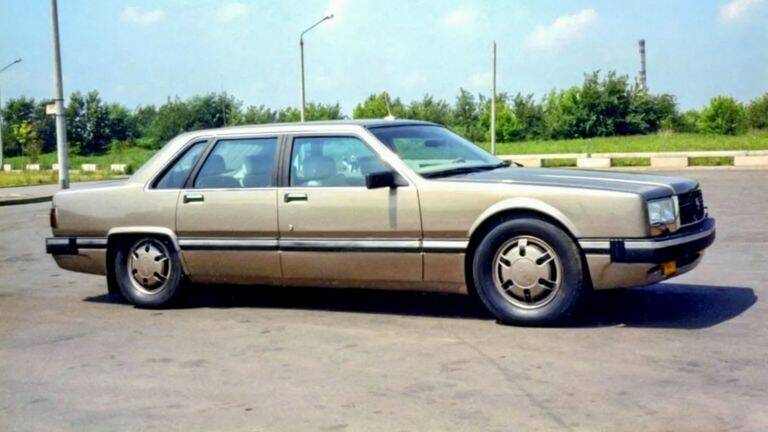
1988
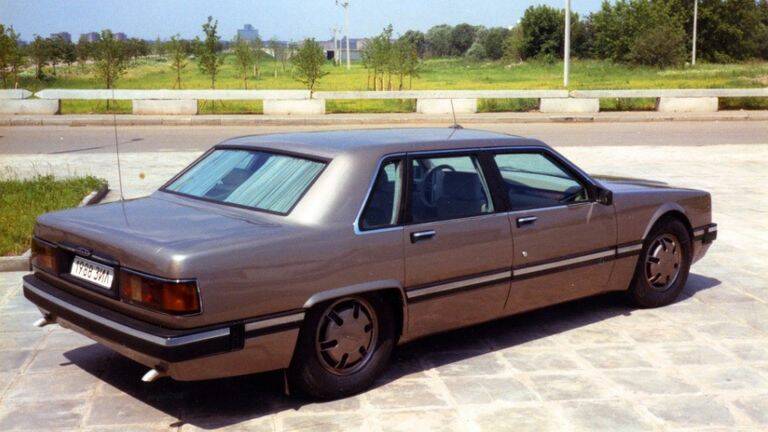
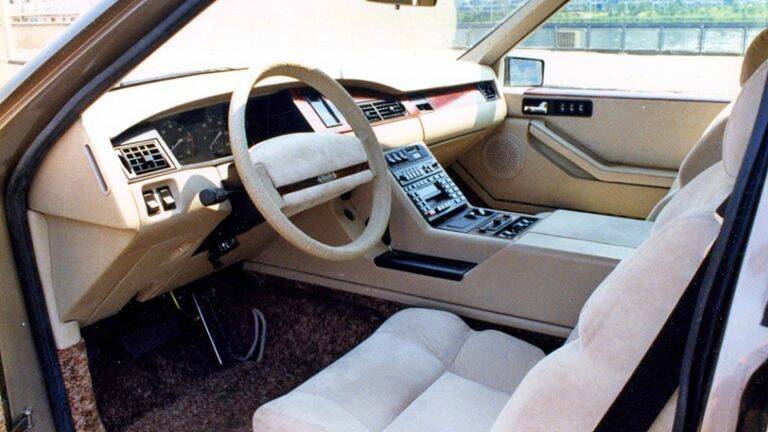
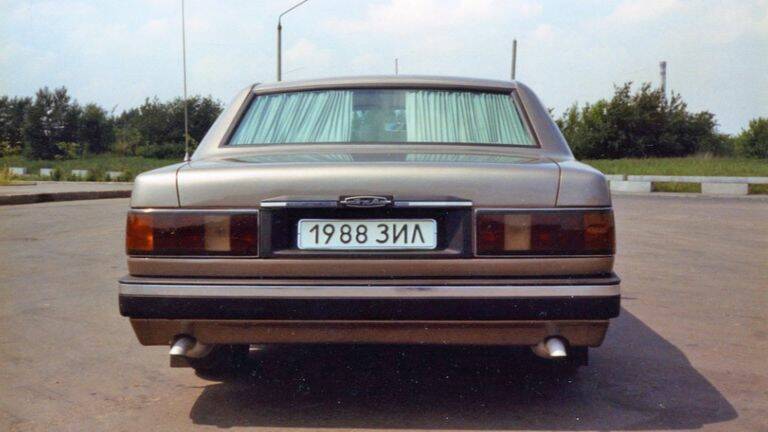
the ZiL 4102, would have represented a new approach to luxury cars in the USSR. ZiL designers were still looking over the shoulders of Cadillac designers of the 1980s, but the general direction of the new 4102 family of sedans was a smaller and lighter V8 sedan that could be used by a greater variety of government officials and that could be much more economical to produce. The designers at ZiL's styling department also wanted something with a more European feel inside and out to replace the vast but very American-looking 115, which had come to be seen as "too much of a good thing." A more liberal political climate of the 1980s also informed the design of the 115's successor, with ZiL designers opting for a more compact but still business-like look and proportions.
The result was first shown to top government leaders, including Mikhail Gorbachev, in 1988. ZiL built two complete working prototypes of the 4102, one in black and one in a light bronze color, to be shown in what amounted to a very closed auto show. Gorbachev reportedly did not like the cars, having launched a campaign earlier aimed at the various perks of government bureaucrats, including luxury cars. And that was it. The two prototypes were stashed away somewhere deep within the ZiL factory, not to be seen again by outsiders for over a decade.
The sedan would have been powered by a range of engines, including a base 4.5-liter V6 unit—a novelty for ZiL—in addition to the more traditional, heftier, 6.0-liter V8 gas and 7.0-liter diesel units. The prototypes, however, were fitted with 7.7-liter V8 engines simply because that's what ZiL had in its parts bin at the time, paired with four-speed automatic transmissions. But a five-speed manual would also have been on the menu. Among the many advancements of the design was the fact that it was the first unibody car for ZiL, as the previous-gen 115 family had still featured a body-on-frame design.
4112
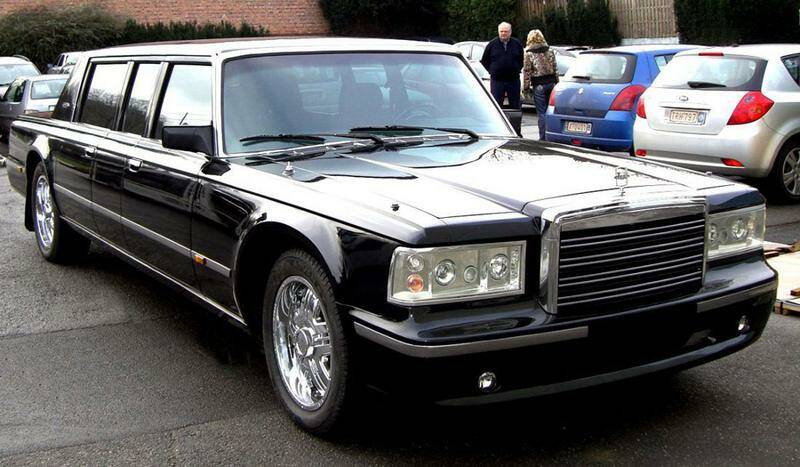
2006-2012

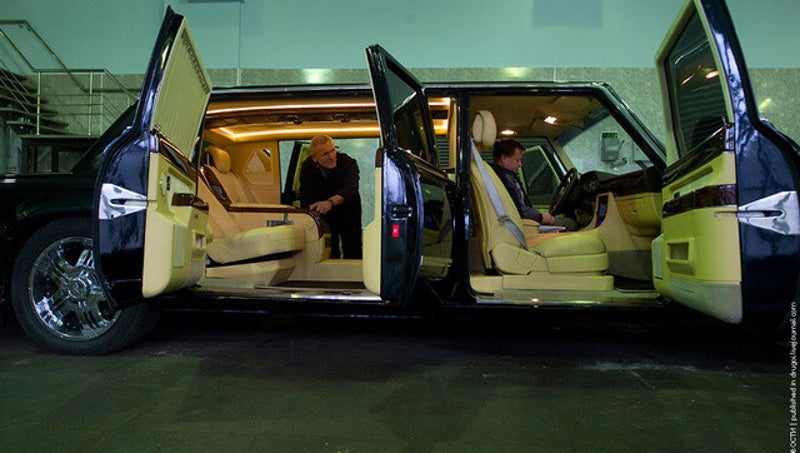
The ZIL-4112 is a luxury car with a limousine body type built by ZIL of Russia.
The vehicle was dubbed "Limo Number One" and was specifically designed and built for the President of Russia as head of state and took six years to complete. The ZIL-4112R has six doors and a 7.7 litre engine and includes calf-leather upholstery as well a video screens to show the exterior even if the windows are covered. The vehicle weighs 3.5 tonnes, has a top speed of 201 km/h and has a very low fuel efficiency.
A new model called the ZIL-4112R. The letter R — the first letter of the surname of Sergey Rozhkov — founder of "Depo-ZIL", who died in 2011. Due to his significant contributions to the design of the vehicle, his name is dedicated in the model name. Rozhkov and Sergey Sokolov are the founders of ZAO "Depo-Zyl"; CEO of the company is currently listed his widow Tatiana Rozhkova.
The ZIL-4112R is currently produced by MSC 6, which became an independent company "MSTS6 ZIL" that rents space from AMO-ZiL and continues to carry out repair and restoration of ZiL passenger cars and assembles new ZIL-4112R limousines.
4112p protoype
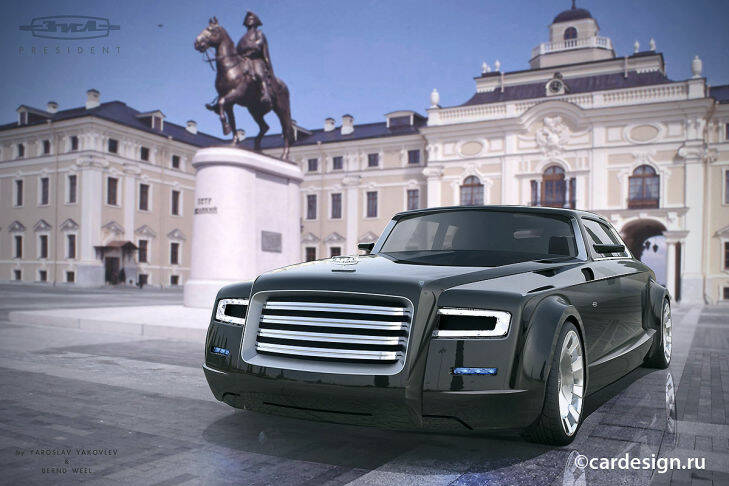
2012
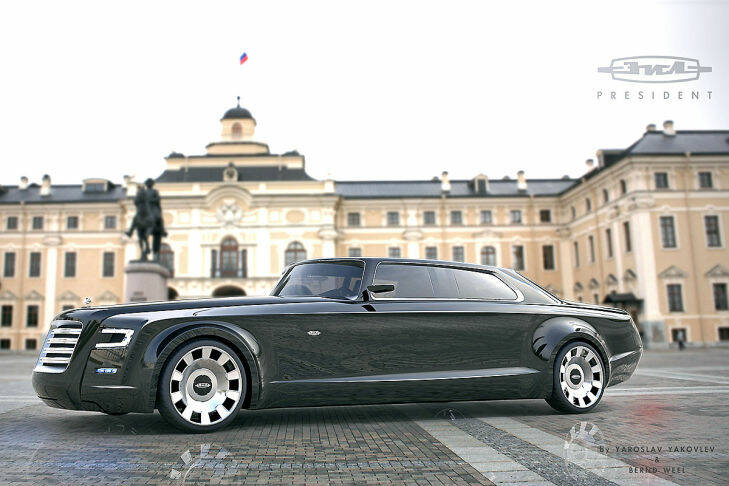
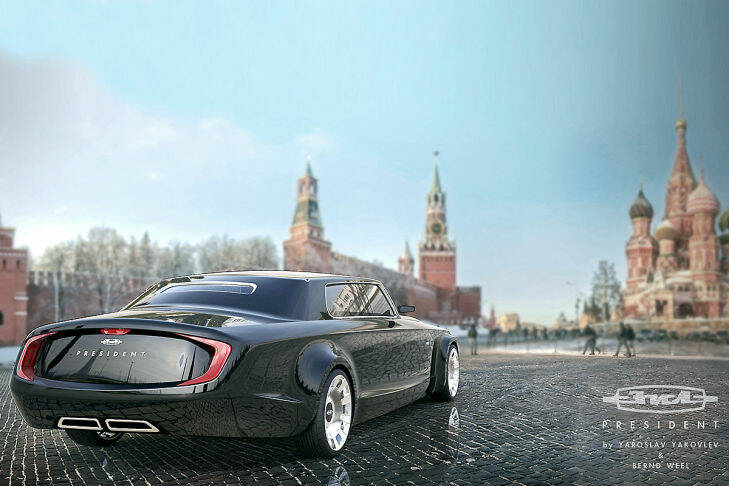
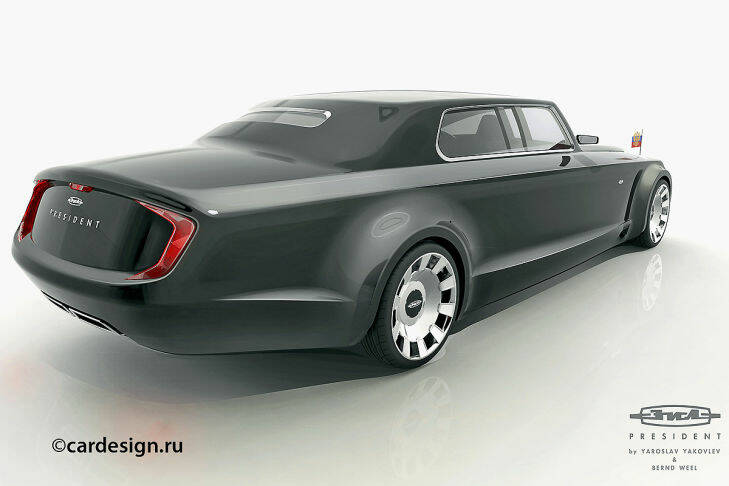
Putin wasn’t satisfied with simply picking out an existing car to base a presidential limousine; no, he wanted one created from scratch from a Russian company, so he asked local automakers to present their proposals.
A less luxurious version of the same car will be used by government officials to run red lights and scare Russians replace upscale German cars, such as Mercedes and BMW.
ZiL, which used to produce luxury vehicles for leaders of the Soviet Union was the first to present its proposal for a presentational limousine with a prototype named ZIL-4112P powered by a 7.7-liter engine coupled to a six-speed automatic transmission, in September of 2012.
Citing a Kremlin source, Russia’s , Izvestia reported that Putin was “unhappy” with the result, though, ZiL’s acting CEO, Sergei Sokolov, denied the report, saying the president has not seen the car yet. Russian officials neither denied or confirmed the report.
The other two Russian carmakers vying for the prestigious contract are Marussia Motors and GAZ.
According to the Moscow Times, GAZ is developing a luxury model based on the Volkswagen Phaeton and Audi A8, with the car to be ready in 2014.
Marussia has just completed a competition in cooperation with our creative Russian friends over at Cardesign, who notified us about the concepts that made it to the final round, with the winner (or winners), to be announced on May 1. You can check them out for yourself in the gallery below and tell us which one you like the best.
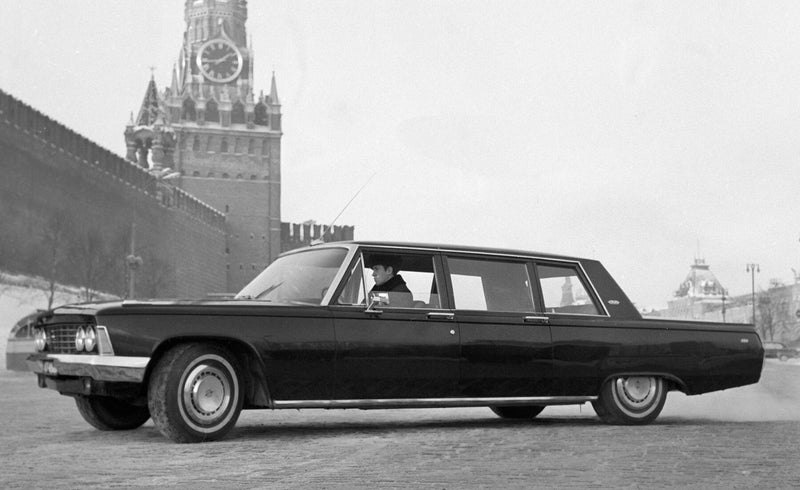
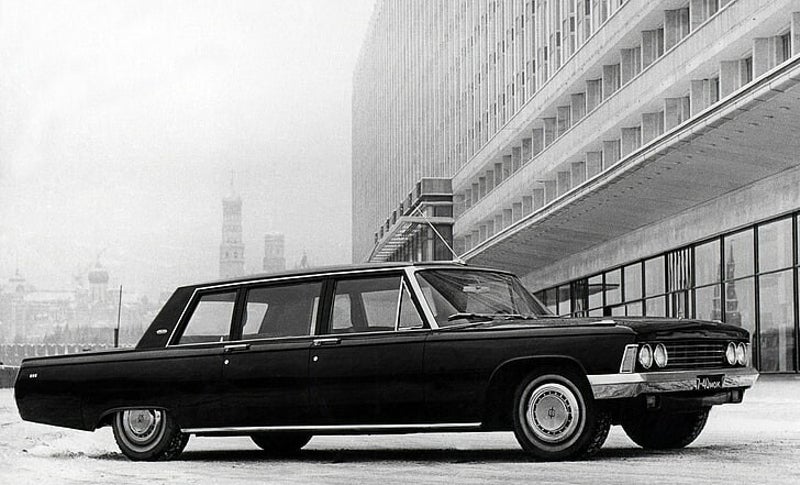
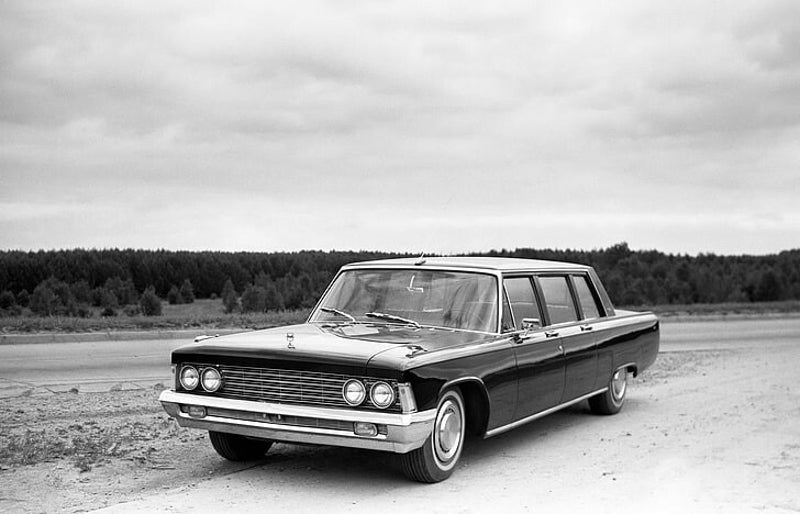
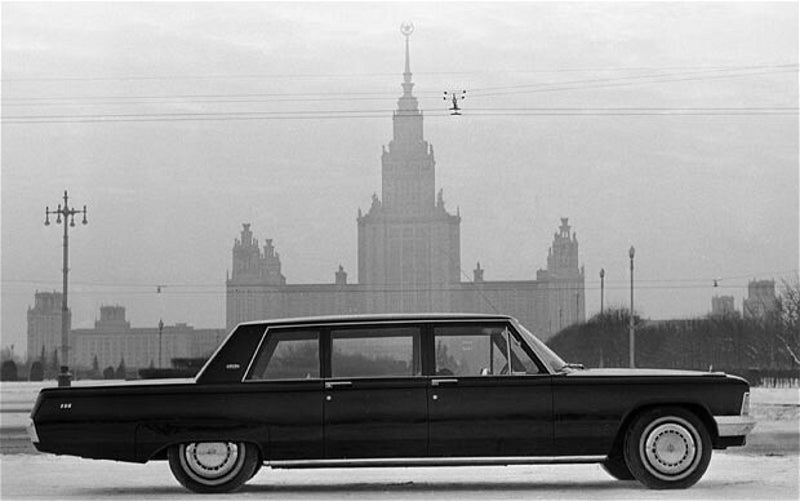
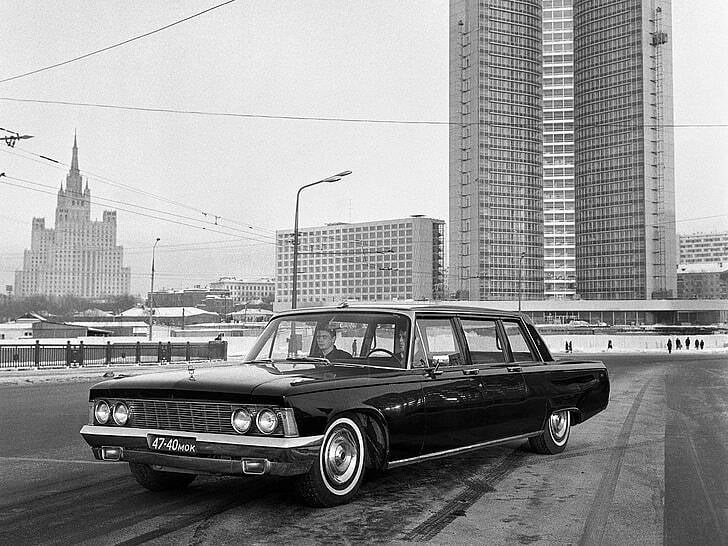
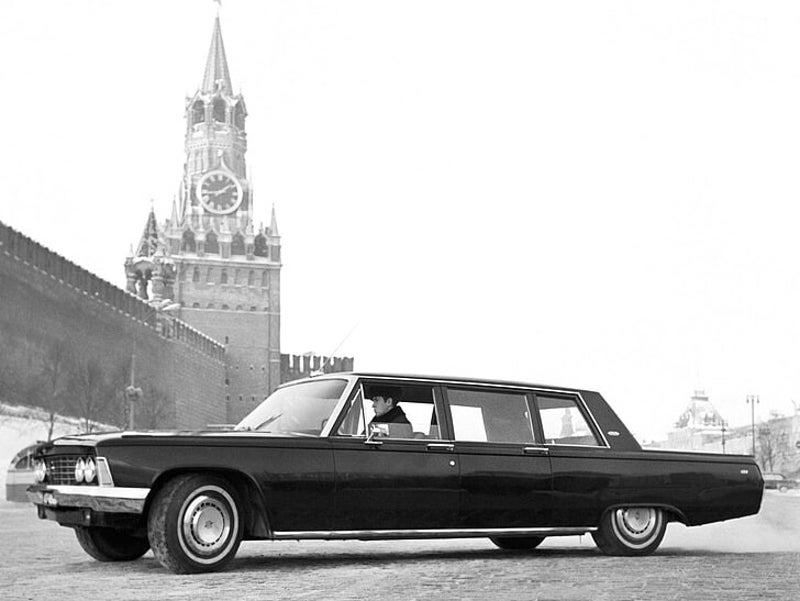
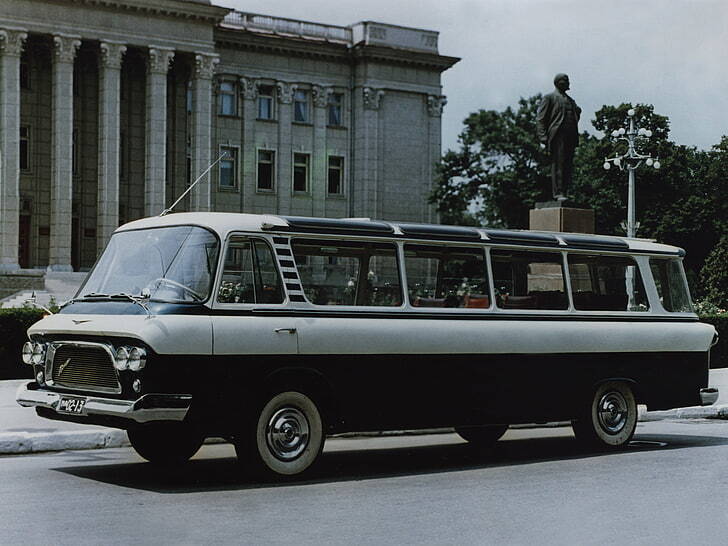
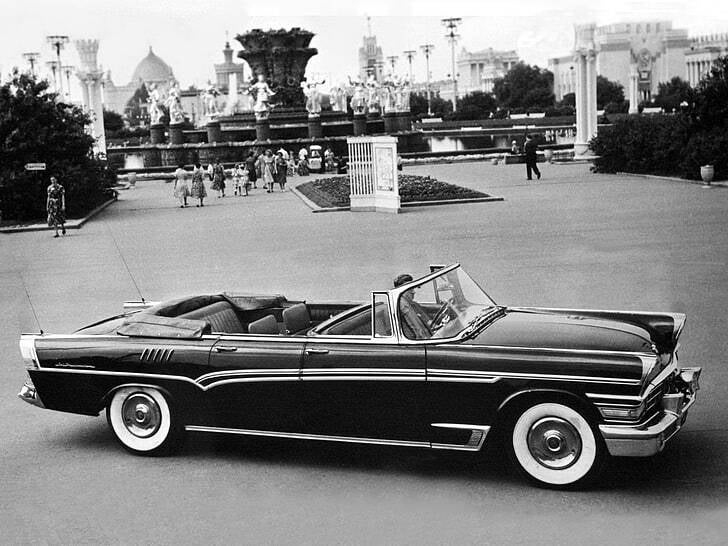
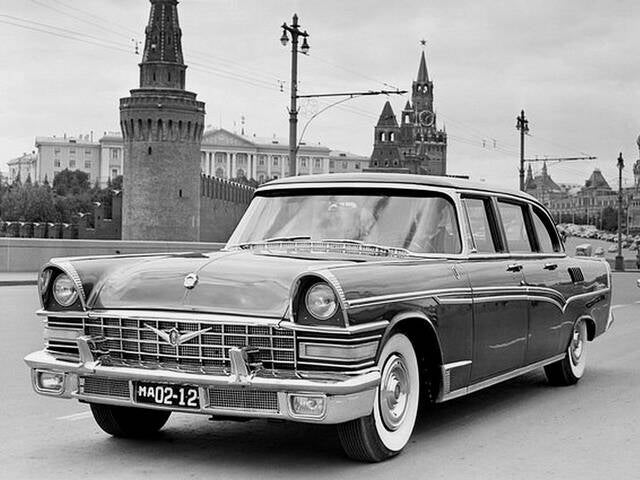
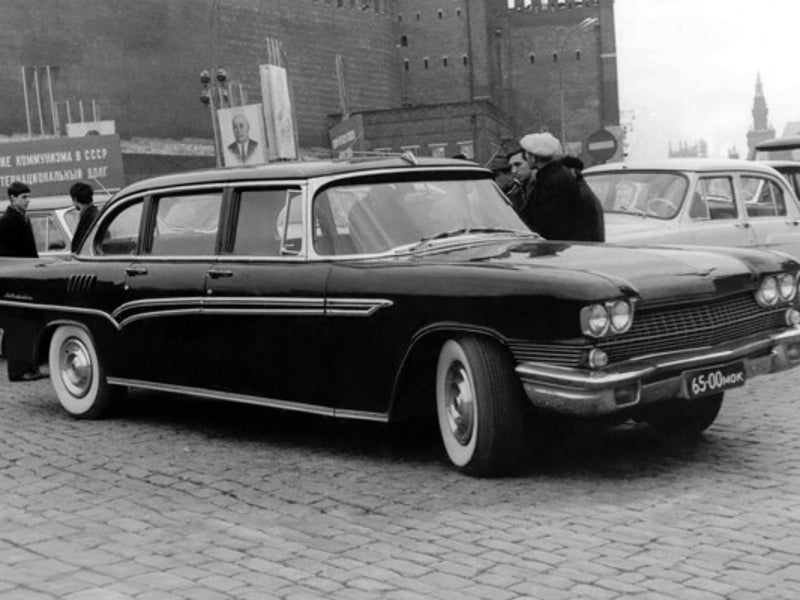
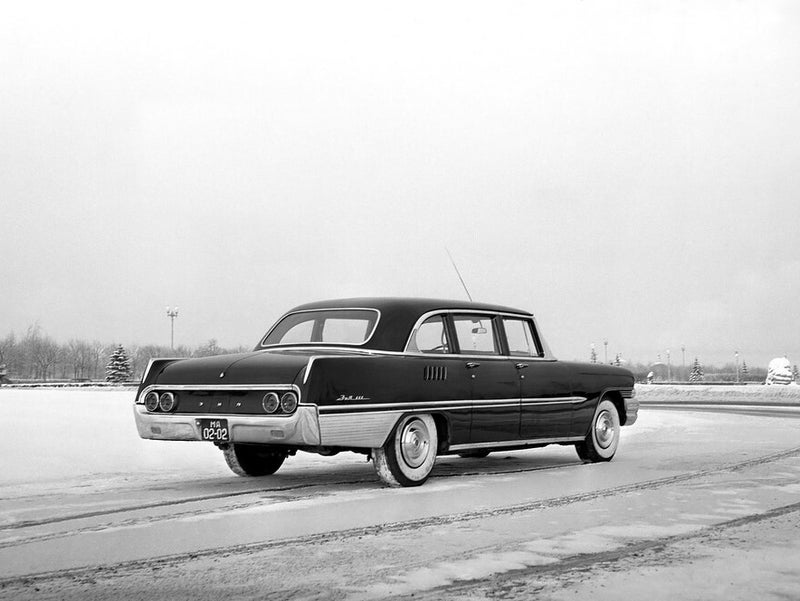
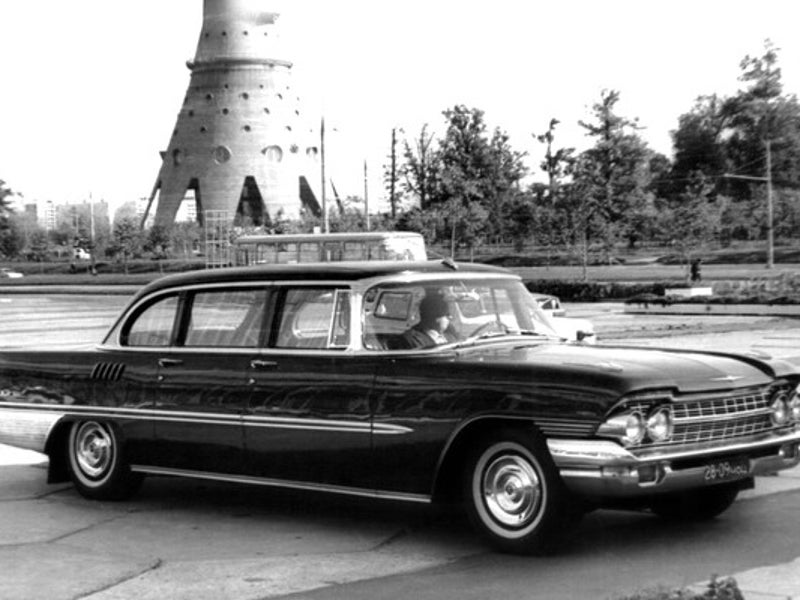








Create Your Own Website With JouwWeb